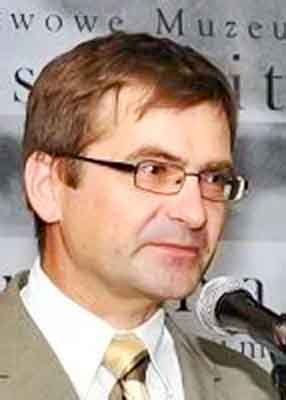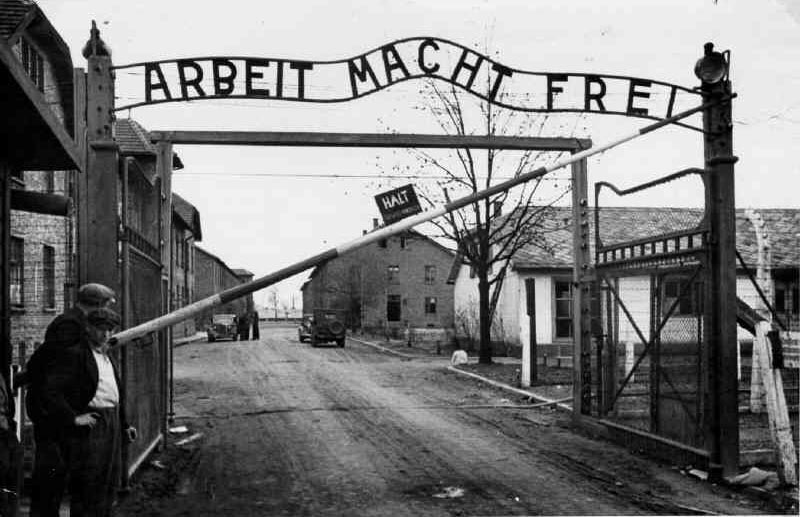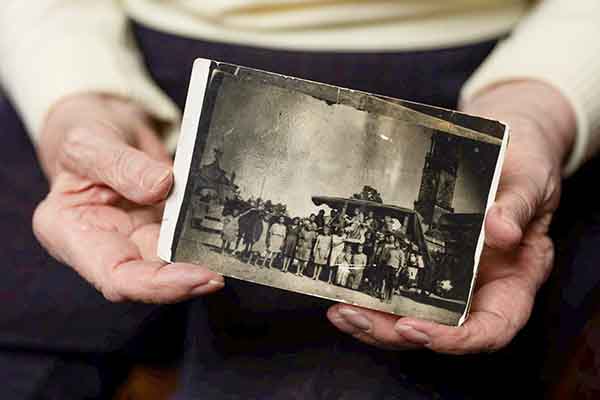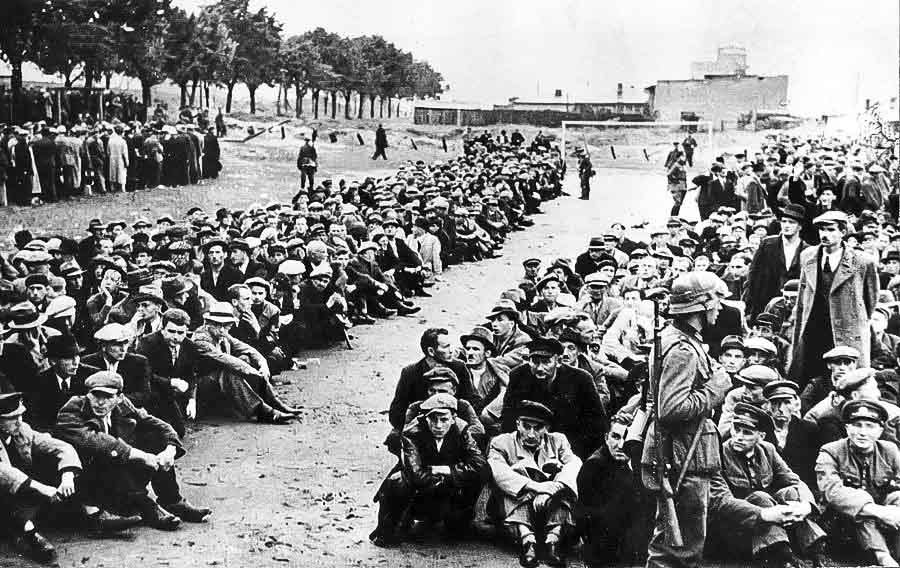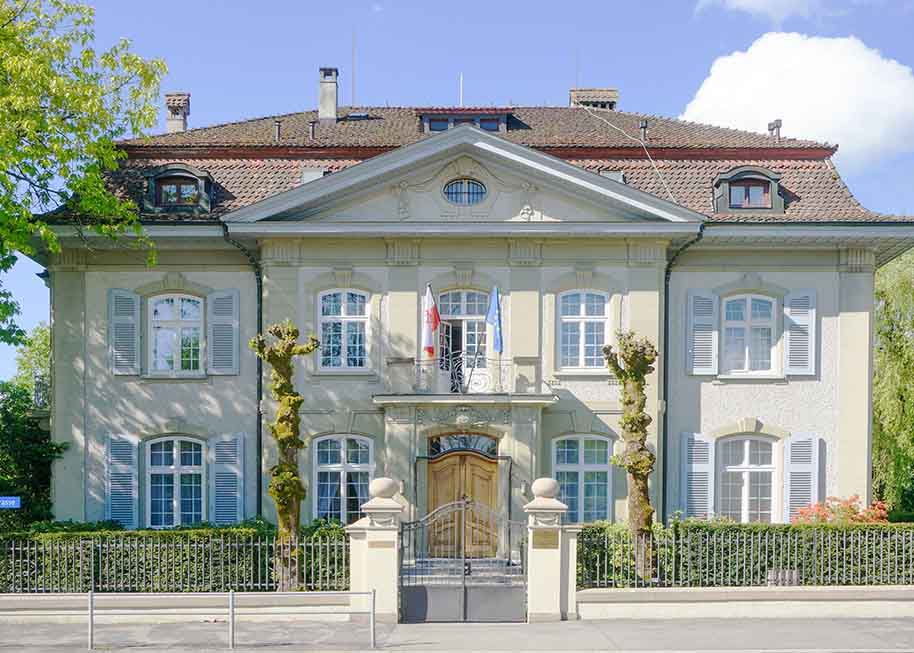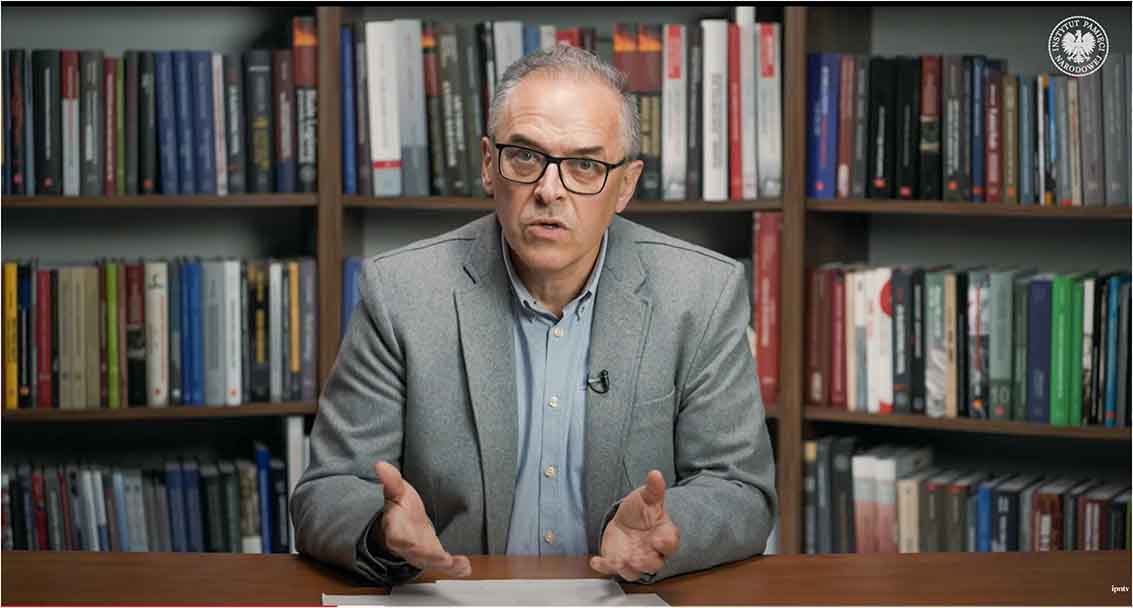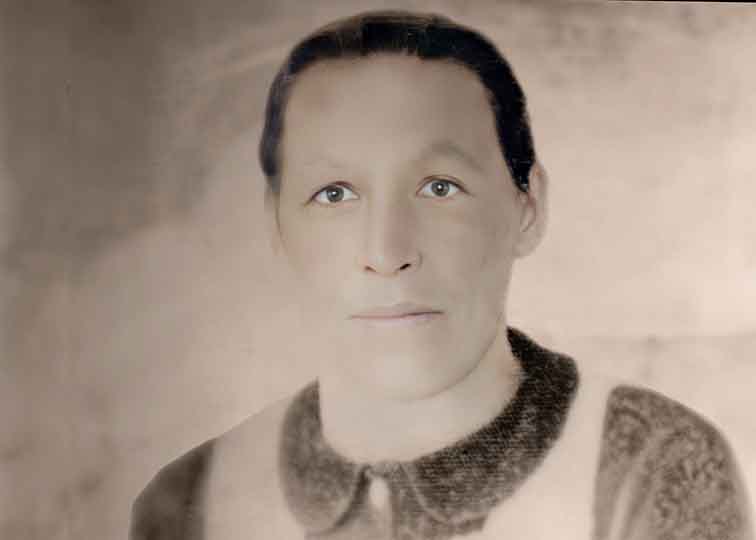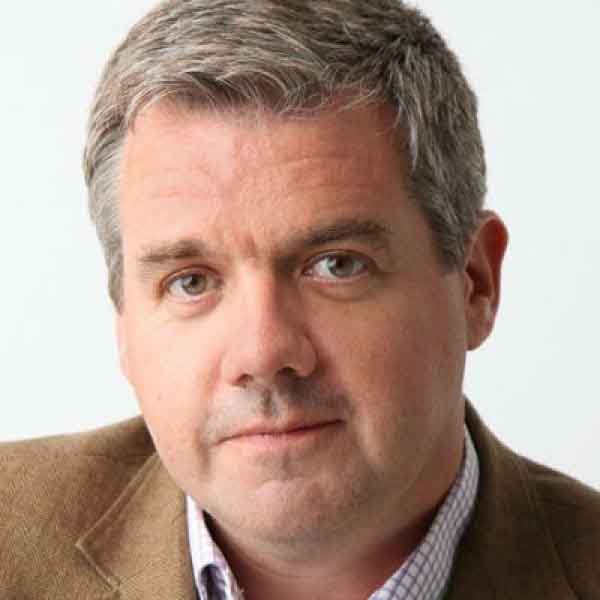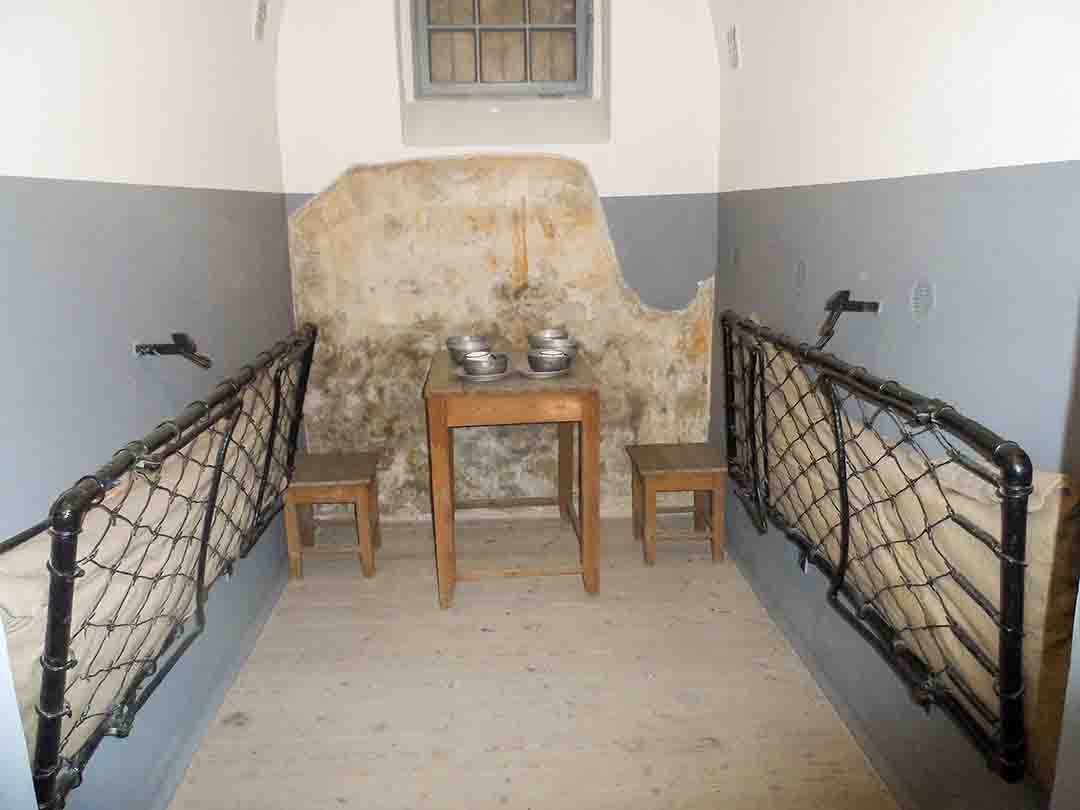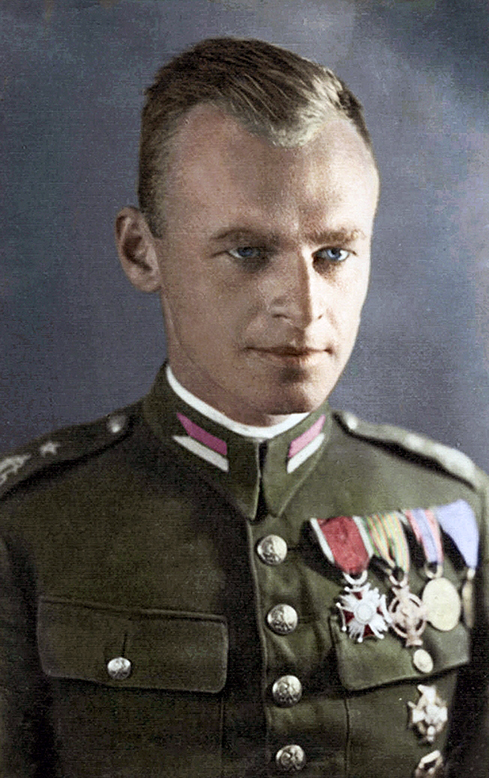In the more than 75 years of its existence, the Auschwitz-Birkenau State Museum has become a place of unique experience for tens of millions of visitors from all over the world. They come here both to understand what happened at Auschwitz and to try to answer the question of their personal responsibility in the modern world. Over the years, the Museum's guides and educators have accompanied them on this journey of remembrance.
Visits to the Remembrance Site
The vast majority of visitors stay at the Auschwitz site for only a few hours. They come mostly with families and groups of friends, but also in organised school or adult groups. They visit the Remembrance Site under the supervision of the museum's educational guides. They walk through the historic sites, buildings and exhibitions on Auschwitz and Birkenau, learning about the history of the Victims and the history of the largest German concentration camp and centre for the mass extermination of Jews in the Third Reich.
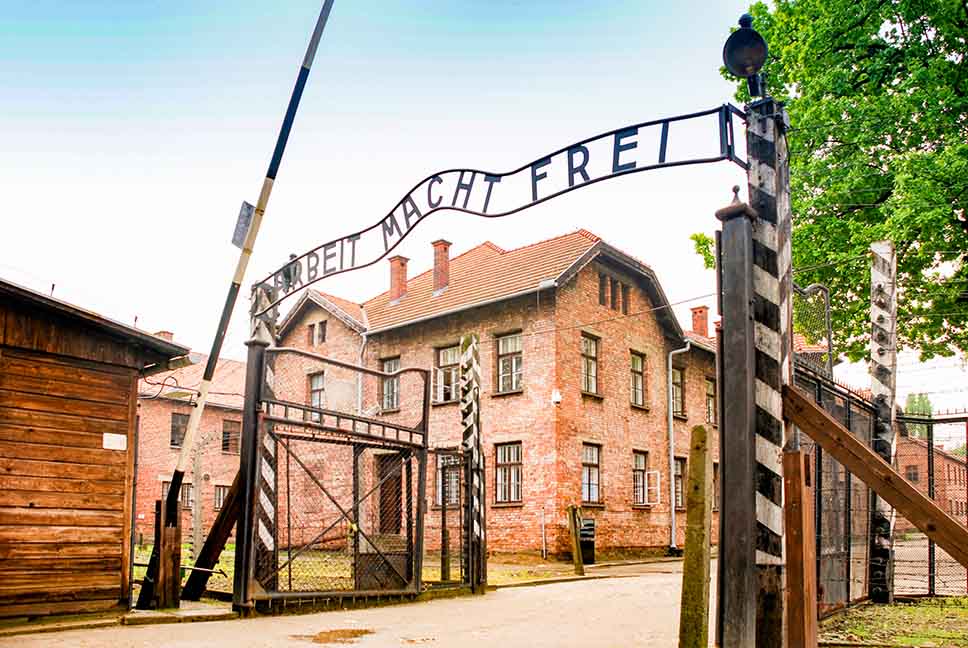
German concentration camp, Auschwitz I (the main camp), Poland (1940-1945). Visible old Austrian and later Polish Army barracks dated before 1939 (Source: Wikipedia)
The Museum co-operates with more than 300 guides who give tours in 20 different languages. This is extremely important, as people come to the Auschwitz Remembrance Site from about 200 countries all over the world. Therefore, our institution makes every effort to ensure that there are enough guides who speak the most common languages spoken by visitors, such as Polish, English, French, Spanish, German and Italian. Rarer, less popular languages such as Japanese, Korean and Portuguese are also important to us. In addition, many Polish groups benefit from the opportunity to receive tours in foreign languages, especially when the level of Polish proficiency varies. Examples include Russian for the Polish community in Kazakhstan or English for the American Polish community.
To get to know Auschwitz, you should allow about 4 hours, during which you can visit the exhibitions in the former Auschwitz I camp and historical sites such as the entrance gate to the camp with the inscription 'Arbeit macht frei' or the Death Wall, where more than 5,000 people, mostly Poles, died. The tour also includes Block 11 (the Death Block) with the starvation cell where Father Maximilian Kolbe spent the last days of his life and the exhibition dedicated to the Auschwitz Resistance Movement, which tells the story of the organisation founded by cavalry officer Witold Pilecki. An important element of any visit is to see the main sites of the former Birkenau camp, including those associated with the Holocaust: the ramp, the ruins of the gas chambers and crematoria, and the camp barracks.
From the beginning of 2024, it is also possible to visit Auschwitz and Birkenau online. Thanks to a special application, a museum guide connects with the participants in front of the computer screens and talks about the history of the site and its Victims while walking around the grounds of the former camps. This program allows individuals and groups (e.g. schools) to visit the Remembrance Site without leaving their homes or classrooms. For people from other continents or who, for various reasons, are unable to visit the Remembrance Site in person, this is perhaps the only way to see Auschwitz. Thanks to modern computer technology, visitors can view numerous visual documents and Survivors' accounts and visit places that are inaccessible during normal visits. An example of this is the film footage taken in Block no. 10 at Auschwitz I, where medical experiments were carried out on female prisoners.
The best way to reach young people is to be precise, not to lie and not to distort history. Auschwitz is first and foremost a truth, and we will stick to it. If we move away from the truth in any way, in the direction of some political needs, that will be the end of this place. And this truth is very diverse. It is like a complex jigsaw puzzle, creating a unique polyphonic image of the Remembrance of Jews, Poles, Roma and all other groups of Victims. Auschwitz is also the story of the perpetrators.
The story of Auschwitz is complicated. It takes courage, patience and good preparation to learn about it. That is why it is so important that this story is told to the world by people who are well prepared to do so.



